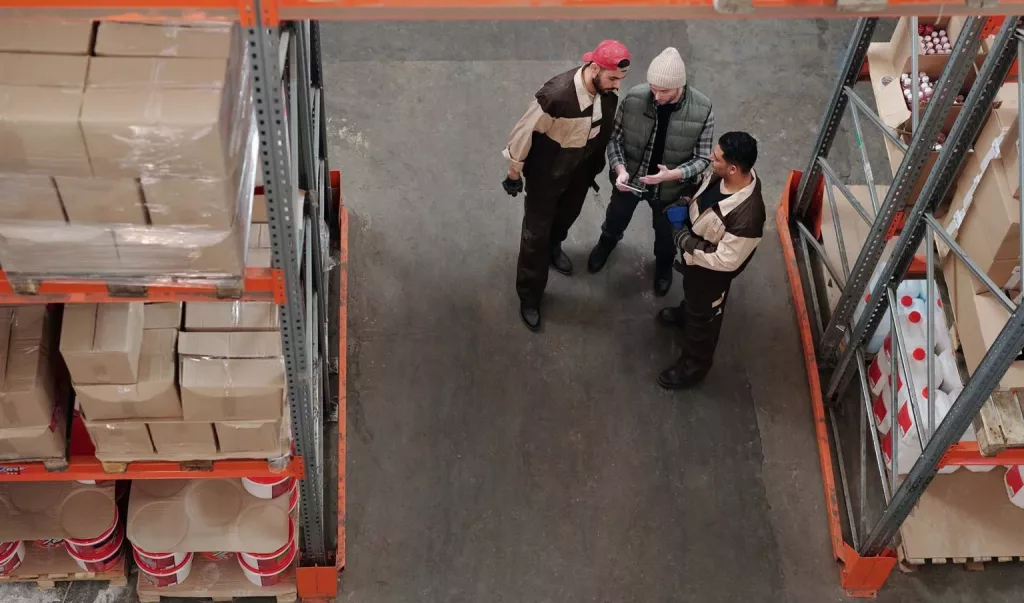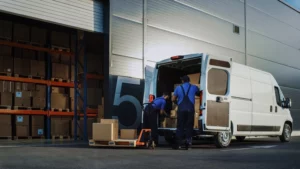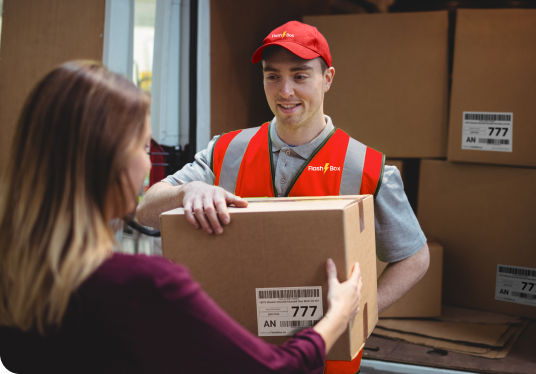Same-day and next-day shipping options are becoming increasingly popular. Consumers have started to desire faster delivery and minimal delay. Unfortunately, this can harm businesses’ supply chain strategies. Today’s post will look at how these increased demands could affect your supply chain and things you can do to adapt to these changes.
Faster Delivery Cause Supply Chain Troubles
Companies can meet the new time-sensitive demands of online customers by offering faster delivery. This was impressively shown by FedEx last Christmas when they offered late-night pickups and same-day delivery. When Amazon began to offer same-day delivery, brands all over the globe were scrambling to keep up.
Ultimately, no matter how fast a consumer enters in their address and card number, they’ll still be waiting a minimum of two days to receive their goods. Most companies have tried to tackle this pain point; however, it has led to several issues with supply chains.
It hits a point where supply chains simply can’t keep up as the demand increases. The increased demands for quicker and more efficient delivery have begun to strain the largest of businesses. For this reason, the supply chain will likely develop into an entirely new process in which production is no longer centralized.
Instead of relying on centralized manufacturers to create products, companies will begin to rely on machines producing items directly at the location in which they’re needed. The traditional method of:
- Placing an order,
- waiting for it to ship, and
- tracking the delivery has become a rather tedious process for customers.
It is likely to undergo a significant change in the coming years. Using machines for location-specific production produces no unnecessary inventory.
Although this process may take a few years, there are some changes you and your company can adopt to help reduce the strain placed on your supply chains. In turn, this will allow you to easily offer faster delivery.
Audit your entire supply chain
Even if this means hiring third-party specialists, it’s crucial to audit to avoid unnecessary strain. You want to conduct a critical assessment and perform a deep dive into delivery accuracy, on-time performance, and worker productivity. In addition, you should assess the overall efficiency of your suppliers and the impact this has on your supply chain.
Warehouse enhancements
You can look at adopting technological advances to deliver greater efficiencies within your warehouse. This could mean incorporating a short interval waving warehouse management system (WMS). WMS is a dispatching tool specializing in releasing products in waves. Other advances can include automating the sizing and selection of cartons, which can make packing more efficient and streamline business costs.
Leverage technology to minimize labour supply disruptions
Until the changes mentioned above take place, your success is reliant on the performance of your employees. The labour pool can diminish during the holiday season due to peak demand for workers and low unemployment rates. Be sure to hire before the rush. In addition, technology is used for scheduling and training sessions. This leads to greater efficiencies and job retention. Scheduling flexibility can lead to increased employee satisfaction and loyalty, keeping your supply chain running smoothly.
In Conclusion
It is essential to stay on top of supply chain changes and increase customer demand for faster deliveries. Traditional courier companies and postal service providers have high price tags, making same-day deliveries seem unattainable to most business owners.
If you are in the Greater Toronto Area, consider delivering your packages with FlashBox. FlashBox helps you delight your customers and give them the same-day delivery experience. Talk with one of our delivery experts today about your delivery needs.





